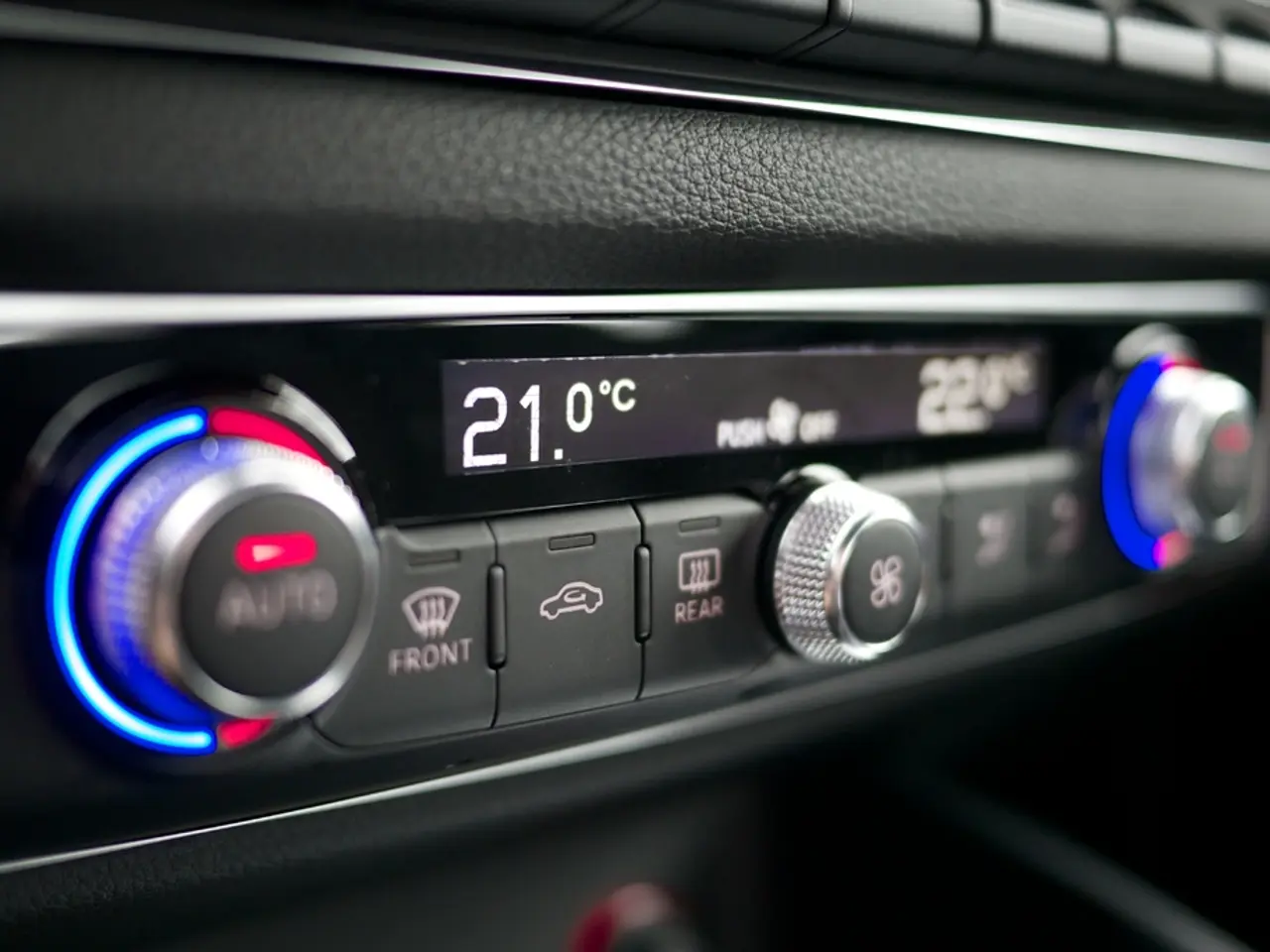Purchasing Your Initial Microphone: A Four-Step Plan of Action
First-Time Microphone Shopper: A Step-by-Step Buying Guide
Ready to dive into the world of sound recording? Congrats! Choosing your first mic can be a daunting task, but it doesn't have to be. Here's a no-nonsense guide to help you find the perfect mic for your needs, without breaking the bank.
1. Set Your Budget
Before you dive into the ocean of microphones, determine your budget. This guide will offer suggestions for beginners, intermediates, and pros, so you can make a wise decision.
2. Consider Your Main Recording Scenario
Think about the type of music you'll be recording the most. It's essential to take advantage of the strengths of your first mic and meet all your needs. Here are some common mic choices for various recording situations:
Electric Guitar
For guitar heroes, the Shure SM57 (beginner budget) is a timeless choice for recording electric guitar amps. Although you can spend more on guitar amp mics, the SM57 remains a pro's go-to pick. For those with a bit more cash, consider the Heil PR30 (intermediate budget) or Royer R-121 (pro budget).
Acoustic Instruments
Small diaphragm condenser microphones are ideal for recording acoustic instruments or live bands. They provide a lifelike sense of space and intimate performances, with multiple options available at various budget levels:
- Beginner Budget: AKG P170
- Intermediate Budget: Oktava MK-012 or Rode NT-5
- Pro Budget: Neumann KM184
Versatile Mic Choices
If you need a single mic to cover multiple duties, consider large diaphragm condensers with adjustable polar patterns. These microphones offer versatility across a variety of recording situations:
- Beginner Budget: CAD m179
- Intermediate Budget: Audio Technica AT4050
- Pro Budget: AKG C414
Of course, vocalists make up a significant portion of musicians. Let's chat more about that.
3. Match Your Mic to Your Singing Style
Every voice is unique, and not all mics work well for every singing style. Try some options to find the perfect match. Pay attention to these microphone characteristics associated with common vocal styles:
- Breathy female vocal: A mic with smooth top end that doesn't get sibilant
- Baritone male vocal: A mic that can capture warm low mids clearly
- Screaming or aggressive vocal styles: A mic that can handle high SPL and intense transients
- Rapping: A mic that's not too sensitive to loud plosives from spoken syllables
Check out our guide to different microphone types for a deeper understanding of the general sonic characteristics of various microphones.[1][2]
4. Consider Your Recording Environment
Your recording space plays a crucial role in the quality of your recordings. Here are some common recording environments and how they may affect your mic choice:
Untreated Room
If you're working in an imperfect environment, choose a mic that minimizes the effects of a poorly-sounding room. Dynamic mics like the Shure SM7B or Electrovoice RE20 work well for reducing room sounds, particularly when recording vocals.
DIY Vocal Booth
When recording vocals in a closet or other homemade booth, you can expect a slightly better sound. High-quality condenser mics like the Rode NT1A, Neumann TLM 102, or Neumann U87ai are suitable choices for capturing the nuances of your voice in a treated space.
Nice-Sounding Spaces
If you're lucky enough to have a naturally-sounding space, seize the opportunity and try distance miking. Break out a pair of small diaphragm condensers or a nice ribbon for live instruments like drums or acoustic guitar.
Your Exciting Mic Journey Begins
Purchasing your first microphone should be an enjoyable experience, not a headache. Follow these four simple steps to make an educated decision about your first foray into microphone recording.
Now, go grab your wallet and get ready for your first mic purchase—it's probably not your last!
[1] https://yoururl.com/mic-types
[2] https://yoururl.com/audio-interfaces
(c) Michael Hahn, Engineer and Producer at Autoland and member of Slight
Stay updated on gear guides, tips, tutorials, inspiration and more—subscribe now!
Keep tabs on our blog for the latest content.
- As you explore the diverse world of microphones, be mindful that the latest gadgets in technology can significantly enhance your sound recording experience.
- When equipping your studio or home setup, consider integrating various microphone technologies to ensure optimal performance across different recording scenarios.




